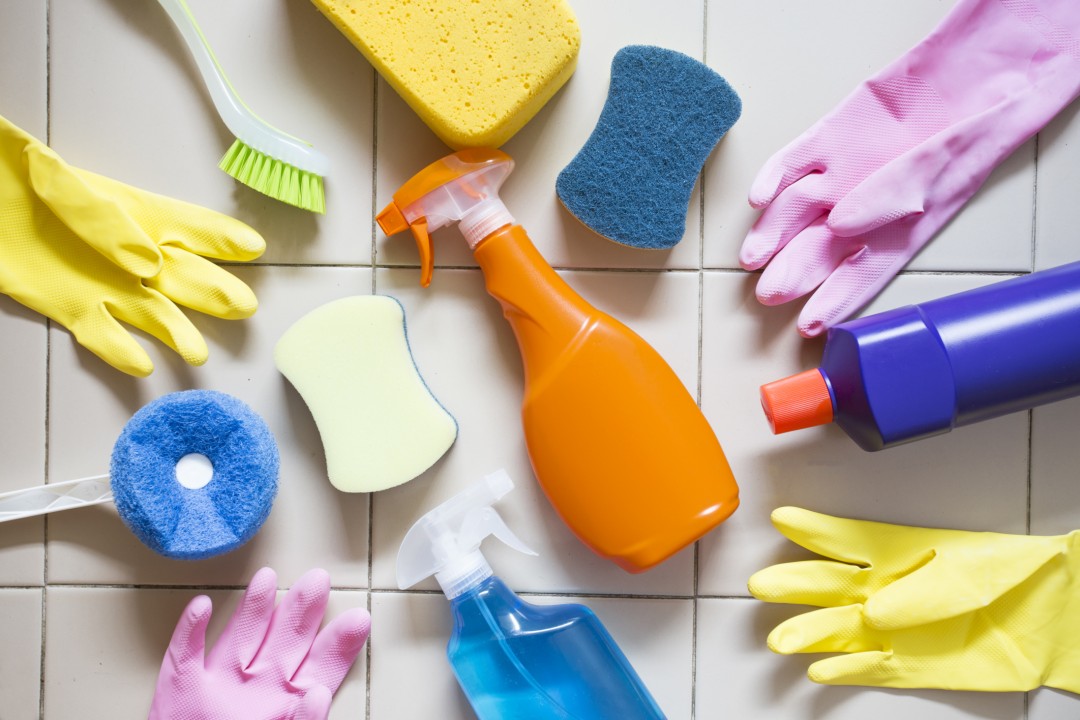If you’re rehabbing a house with an extensive mold problem, it’s important to educate yourself on the severity of the problem. Although not all mold is dangerous, many potential buyers run away from homes that have a history of mold.
Because mold tends to grow in moist spaces, it is most commonly found in bathrooms, laundry rooms, kitchens and outdoor spaces. While most mold is simply a nuisance and an eyesore, in severe cases mold can be a health hazard.
Using a mold remediation company can be a safe option, as they know how to get rid of mold and make sure the mold doesn’t come back. Hiring a contractor is another option. They can, however, be expensive. See if you can take care of the mold problems effectively on your own first before looking at these options.
If you choose to take on the project yourself, the following tips will help you eradicate your mold problem safely.
- Identify the mold and determine the extent of the problem. If it is just a small patch, you may be able to scrub it away with household cleaning products. Probe the moldy area with a screwdriver or another type of sharp tool to see if the area has rot. If the area is soft or crumbly, rot has set in and the surface must be removed.
- Wear a respirator. A respirator will protect you from toxic mold or any other type of mold that may trigger an allergic response.
- Seal off the area. Use plastic sheeting to seal off the room and prevent mold spores from spreading.
- Ventilate the room. A dehumidifier will help keep the house dry until you are finished with your project.
- Remove the source of moisture. Mold tends to grow in areas where water accumulates. Identify the source of the moisture and dry out the area. Seal up any leaks to prevent more water from accumulating.
- Spray the mold with bleach, concentrated hydrogen peroxide, or a dedicated mold removal product. Vinegar, borax, ammonia or baking soda can also be used to kill and remove mold.
- Remove the portion of the wall, ceiling or floor that has the mold, or kill the mold and paint the surface with mold-killing paint.
- If you’ve removed moldy carpet or other materials, wrap the material in plastic and double-bag it in garbage bags for disposal.
- Before you put the home on the market, conduct an air quality test to ensure there is no mold present. Some states require sellers to disclose that a house has had a mold problem, even if the mold has been eradicated.
Working with Gorilla Capital mean you’ll have peace of mind when it comes to unexpected costs. The fix & flip funding program provides funding for 90% of the purchase, rehabilitation and management costs in exchange for a share of the profits. Check into their Fix & Flip Program to learn more.



